My Story
When I first started training for triathlon seriously my fitness skyrocketed: I had the coveted six-pack and could beat the boys up mountains in off-road adventure races. But over the last few months I've been gaining weight, and no matter how much fasted cardio and carefully periodised training I do, the weight keeps creeping back on.
This morning I've woken at 4 a.m. Again. I don't have an alarm clock; my body just springs up at this hour. I wake up feeling adrenalised and awfully hungry from the ongoing restrictive eating I'm putting my body through. I've been vegetarian for years and recently went vegan. I don't suspect that this intrinsically restrictive diet has acted as a spring board into disordered eating.
Oh, and I'm beginning to experiment with water fasting. Because it detoxifies you and extends your life, right?
On this cold dark morning, instead of getting more sleep or I dunno, eating something, I go for a 50 minute run to "push through" the hunger pangs, finding some comfort in an idea I picked up from a fellow athlete that "fasted cardio burns more fat". My recent race times have worsened and I've stopped placing, so I figure my training needs to ramp up.
I haven't had a period for nearly a year. Initially I was thrilled to not have to deal with the bother of periods but my loss of sex drive is beginning to worry me (and my boyfriend). In that time, I've also sprained my ankles 11 times and spend inordinate amounts of money on physiotherapy, chiropractic, and orthotics from my podiatrist.
I know that something is off, but I've seen a GP who just wanted to put me on the contraceptive pill, and I'm too "natural" for that. I put it all down to dwindling will power. I conclude that I just need to diet and train harder.
Low Energy Availability
Frequently, Low Energy Availability (LEA) is the driving force behind such menstrual disturbances as absent periods (amenorrhoea) or irregular periods, where cycles are 35 or more days in length (oligomenorrhoea).
Energy availability refers to the energy available to a person once the energy expended through exercise is subtracted from their energy intake through diet. This energy is crucial as it is needed for body systems to function i.e. the daily functioning of your brain, heart, liver, etc.
So it follows that low energy availability is the result of:
- Under eating (whether intentionally due to restrictive dieting or an eating disorder, or unintentionally through lack of time, meal preparation skills or planning)
- Over exercising, or commonly,
- Both.
Both under eating and over training are stressors on the body. The low energy availability these can in turn cause has consequences both in the short term, and in the long run.
When a person's dietary intake doesn’t meet their body’s needs - whether due to reduced dietary intake, increased exercise, or both - the body shunts precious resources to organs and systems that are essential to survival, such as the brain, and suppresses energy-intensive processes like menstruation and growth.
relative Energy Deficiency in Sport (RED-S)
Low energy availability is the driving force behind RED-S, and it can lead to a number of health and performance consequences.
In my experience, RED-S isn't restricted only to athletes; many people I see in my clinic who would not consider themselves "athletes" are experiencing low energy availability as a result of restrictive dieting (usually inadequate calories and/or carbohydrates), excessive exercise, or both.
RED-S is a more recent and broader-spanning way of describing an older concept known as the Female Athlete Triad, which was characterised by disordered eating, menstrual abnormalities and issues with low bone density. RED-S acknowledges the more widespread impacts of energy deficiency beyond menstrual dysfunction and bone density issues, such as:
- Recurrent injury (soft tissue and/or bone)
- Recurrent Illness
- Unexpected fatigue
- Disrupted sleep patterns
- Change in mood
- Reduced social interaction
- Problematic relationship with food and/or training
- Stagnation and deterioration in performance
- Inability to adapt to training stimulus to improve performance
Low energy availability eventually alters hormonal levels, leading to things like cardiovascular problems, poor immunity, impaired protein synthesis, growth and development, and reduced physical endurance and mental concentration levels. Not to mention the impairment of fertility through cessation or disruption of healthy menstruation.
Hypothalamic Amenorrhoea
It occurs when the hypothalamus, a gland in the brain that regulates body processes, slows or stops releasing gonadotropin-releasing hormone (GnRH), the hormone that starts the menstrual cycle.
Some women may think missing their period is no big deal or even a blessing, but HA can decrease your body's production of oestrogen, which can weaken bones and lead to stress fractures.
Common characteristics of women with hypothalamic amenorrhoea can include:
- Low body weight compared to your body's most natural, comfortable weight. In other words, HA can happen at any body weight, even in bodies above the "normal" BMI.
- Low percentage of body fat (again, compared to your body's natural composition)
- Inadequate intake of calories, carbohydrates or fat
- Emotional stress (e.g. a recent break up, death in the family, or move to another country)
- Strenuous exercise that burns more calories than are available
- Deficiency of leptin, a protein hormone that regulates appetite and metabolism
- Some medical conditions or illnesses.
Having experienced this condition myself, I understand the pressure on women to alter their body shape to such an extent that it impacts on their normal biological cycles. Women who have experienced RED-S or LEA for months or years, who decide they want to have a baby are often faced with the heartbreaking news that they are infertile.
Whether it's inflicted by diet culture's relentless pressures to eat less and exercise more to control our weight, or due to inadvertently training too hard and eating too little, low energy availability can make us unwell, exhausted, and infertile.
Current fitness notions of “chiselling out eight-pack abs,” “killing the urge to sleep in,” or the more recent “minimising your mons pubis” (WTF), have little relevance to ordinary lives, especially women’s lives. These ideas are inappropriate and harmful. To create “washboard” abs or a six pack requires a woman’s body fat percentage to fall below 17-18%, a level at which she is likely to experience interruptions to her hormonal and menstrual cycle.
What a proper menstrual cycle LOOKS like
- A proper menstrual cycle should be 26 –32 days in it’s length.
- It should be 4 days flow, 5 at the most. Any shorter than 4 days is too short and any longer than 5 days is too long.
- You should not get any pain at all. Maybe a slight bit of discomfort is normal, but pain is not normal.
- You should not get clotting, spotting, etc.
- You should not get severe breast tenderness, lots of bloating, increased fluid retention, erratic changes to the moods, such as lots of tears or irritability.
These are all signs of irregularities and need to be addressed. In my experience, many of the causes are linked to low energy availability.
How to get your period back
When trying to get your period back, firstly a diagnosis of Polycystic Ovarian Syndrome (PCOS) must be ruled out by your GP. This is another topic deserving of an in-depth explanation, as missing periods can be a symptom of both HA and PCOS.
To briefly differentiate the two, PCOS is characterised by a higher than normal level of androgens and a high LH to FSH ratio, whereas HA is characterised by normal androgens and a low LH to FSH ratio. Women with PCOS often also have a normal to high fasting insulin (suggestive of insulin resistance), whereas women with HA have a low fasting insulin. Lara Briden, ND explains the difference between PCOS and HA in more detail, here.
Even though PCOS is fairly common, I find HA is more often the cause of missing or weirdly-behaving periods in the female population I see, many of whom are recreational athletes or health conscious women tending towards under eating. It is also possible to have both at the same time.
Once PCOS has been ruled out, there are two crucial pillars of healing HA and getting your period back. They are simple, but not necessarily easy:
1. EAT MORE
Your body has many ways of telling you that you are under eating, including:
- Feeling cold especially in extremities like toes and fingers
- Feeling more tired, more often
- Lacklustre hair, skin and nails
- Compromised immunity
- Foggy brain, inability to concentrate
- Functional gut disorders such as IBS, reflux, nausea or constipation
- Menstrual disturbances such as missing periods, scanty or irregular periods
- Intense hunger, cravings, or even lack of appetite
- Slowed metabolism and thyroid abnormalities
- Loss of muscle mass and strength
- Decreases in bone density
- Increased anxiety and/or depression.
I go into the signs and causes behind under eating in more detail, here.
In the diet culture we swim in, a low calorie diet is synonymous with health. Subsisting off salads and green smoothies, and avoiding carbs is often viewed as simply "the way women are supposed to eat". This absolute BS is costing leagues of women their health and happiness.
You don't have to be very thin or losing weight to lose your period. At some point, many women who are chronically under eating start to actively gain weight, because their metabolic rate has slowed due to the down-regulation of thyroid hormones. This happened to me, and is very common in women who are intensely training.
No matter what your body size or shape is, you need to match your caloric intake with your activity levels.
To find out if you are eating enough calories and carbohydrates to maintain healthy, regular and ovulatory menstrual cycle, don't leave it to online calorie requirement calculators and certainly not MyFitnessPal (which is highly weight-centric and heavily influenced by diet culture). The estimates these apps throw off are usually way too low.
To really get to know how much you need to be eating, it is best to see a professional who will listen carefully to your concerns and won't just put you on another restrictive diet, such as a non-diet or HAES-aligned dietitian, nutritionist, naturopath or GP.
They will be able to tell you whether you need to add more calories, more carbs, or both; whether there is a nutrient deficiency also going on; what additional support you might need (e.g. stress reduction tools or other health practitioner input); and help you figure out how to do all of this in a way that is considerate of your mental health, values and lifestyle.
To give you a rough ballpark, despite it being an intake popularised as a good goal to aim for, 1500 calories a day is - for the vast majority of women - far too low a daily caloric intake to maintain normal periods.
2. Exercise Less.
If you feel you are able and willing to reduce your exercise in the name of health and getting your period back without outside help, by all means go for it. Just be gentle, patient and compassionate with yourself. Use the signs from your body as indicators of whether your energy balance is becoming more normalised or you still have a way to go.
The return of your period is a happy and positive sign, but you also want to see a return of energy, improved sleep, less susceptibility to colds and flus, better hair nails and skin, improved muscle tone, improved digestive function, possibly an increase in body weight and fat, and a feeling of satisfaction and joy with food and eating.
If you get the feeling that an increase in body weight or fat will freak you out despite it meaning improved health, this is a sign that you might need to seek professional help.
A Happy Ending
But my dwindling performance and declining health gradually caught up with me. I greatly reduced my training (and eventually gave up triathlon altogether), worked with some compassionate health professionals, and slowly, through a journey of discovering Mindful Eating, then Intuitive Eating, then Health At Every Size, I began eating more adequately and enjoying food again.
Now I am so grateful for my experiences, as damaging and painful as they were. I now help people to navigate the choppy waters of diet culture and the ways it persuades us to under fuel our bodies and compromise our health, ironically, in the name of "health".
Women in particular are so much more emotionally stable, powerful, able to pursue their passions and just generally well when not hindered by low energy availability.
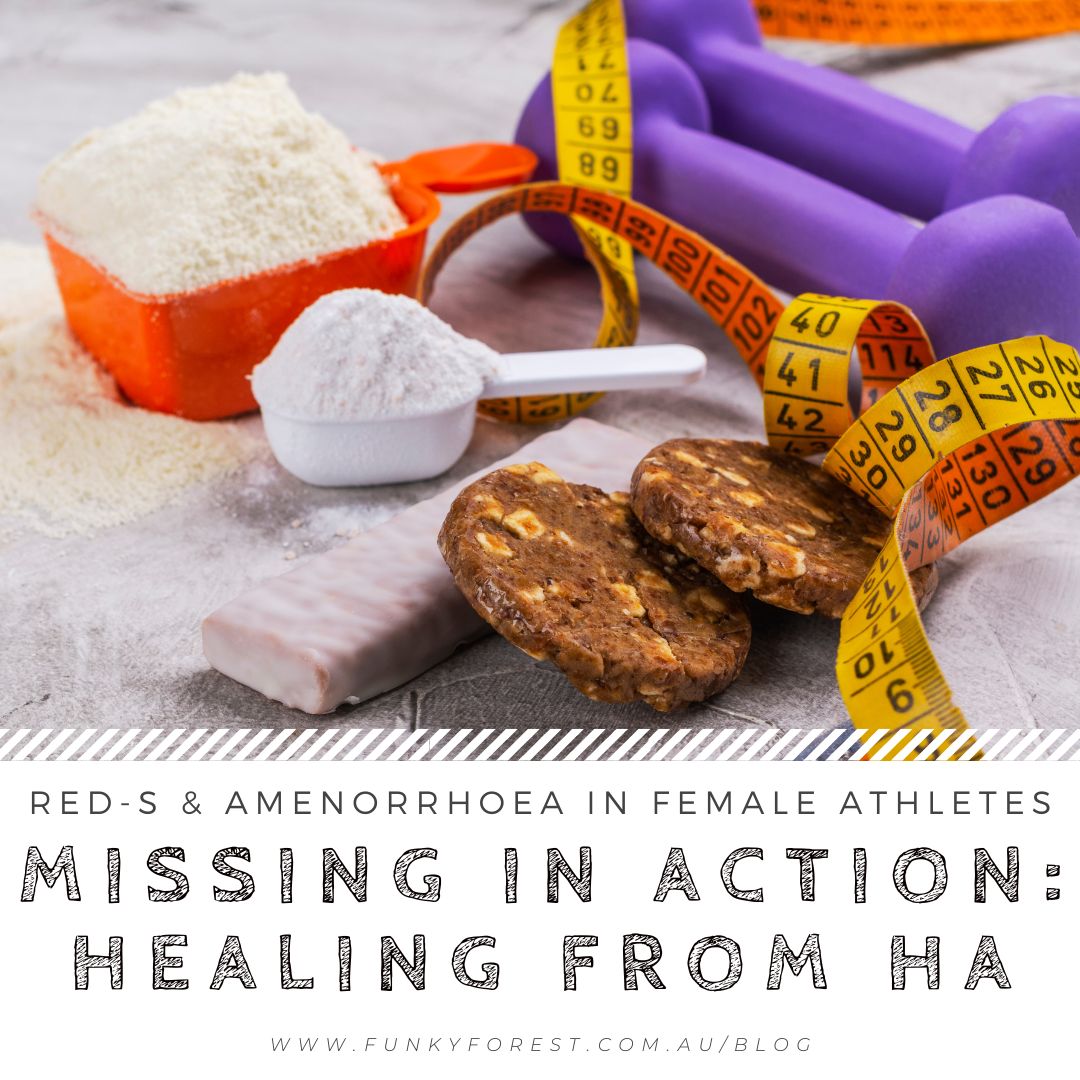


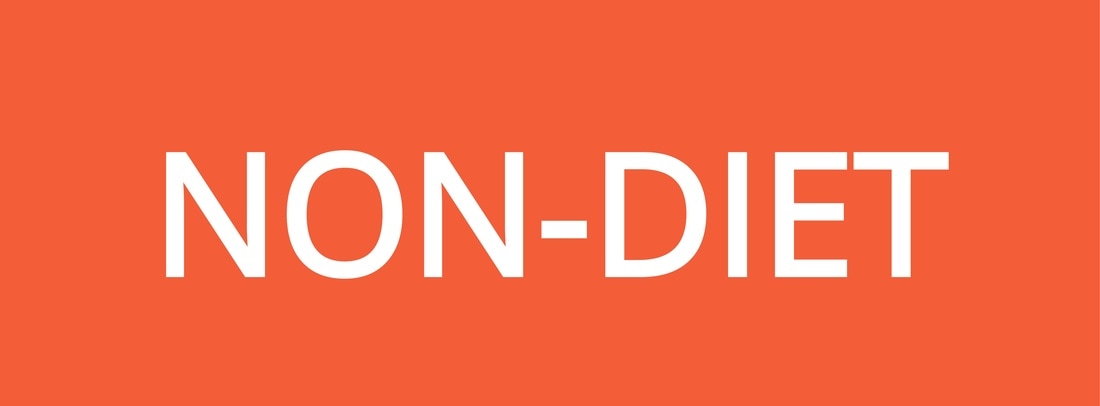
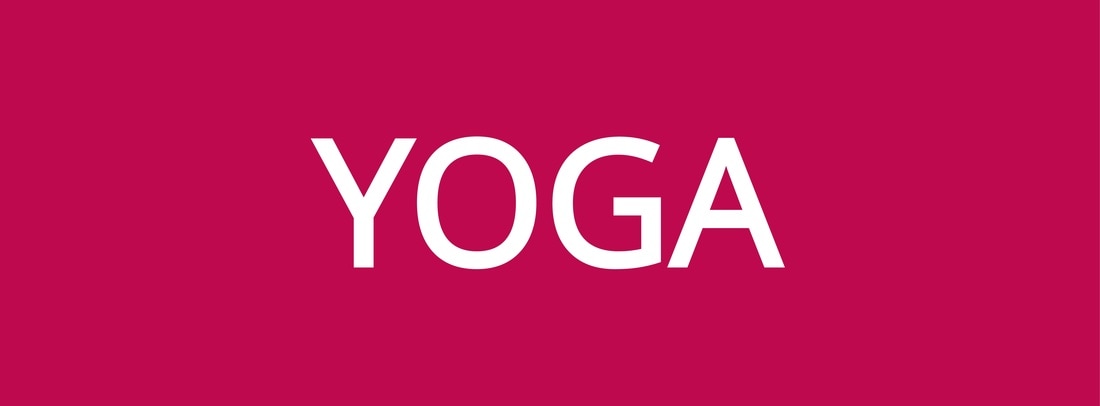

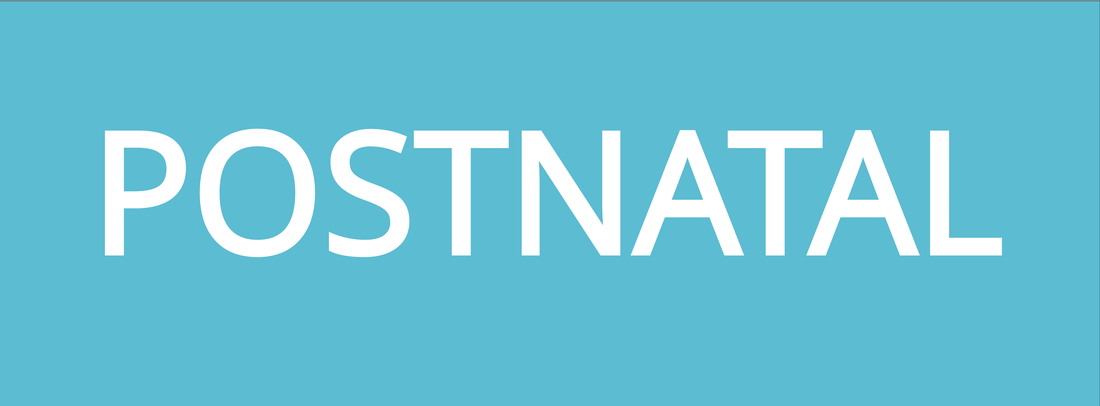
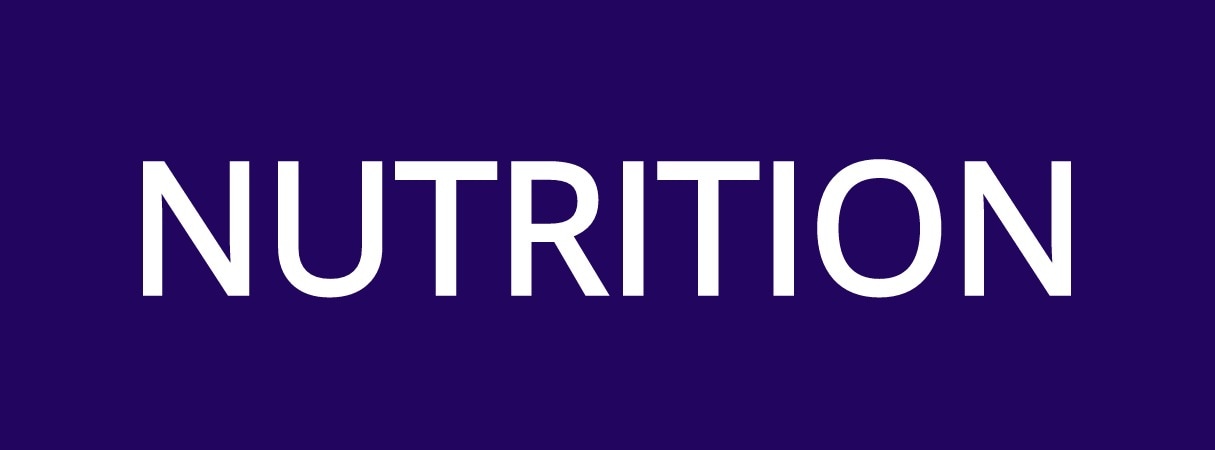
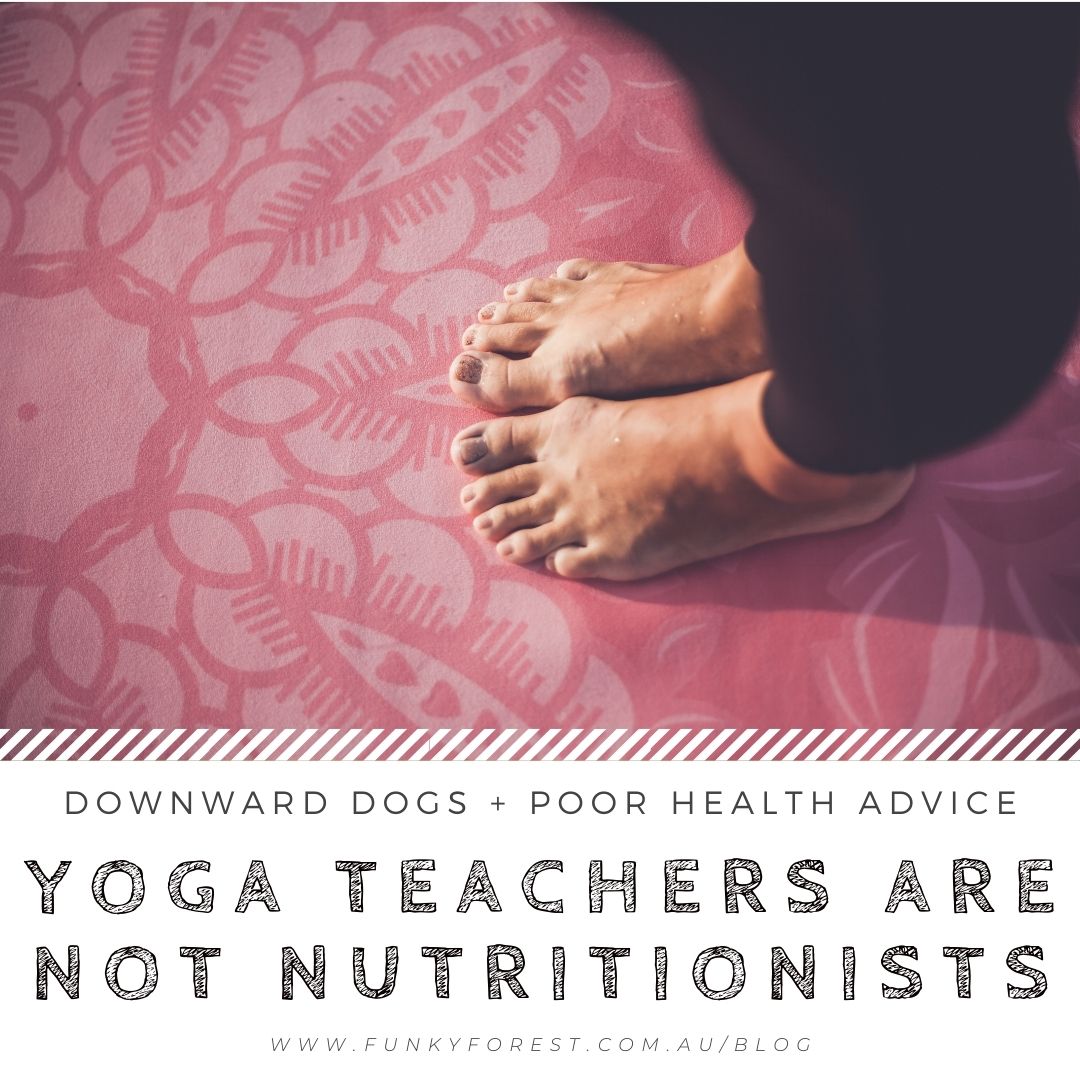
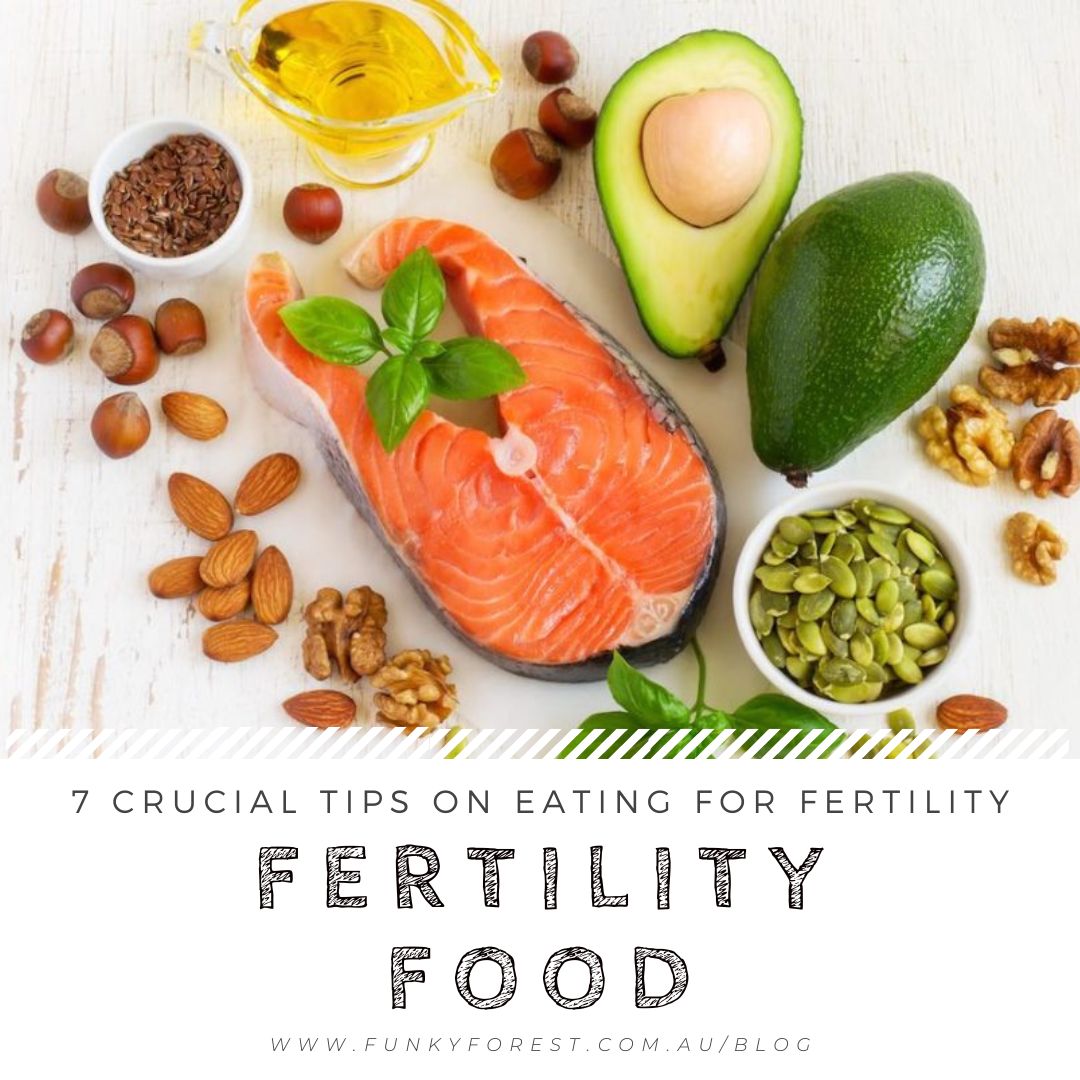
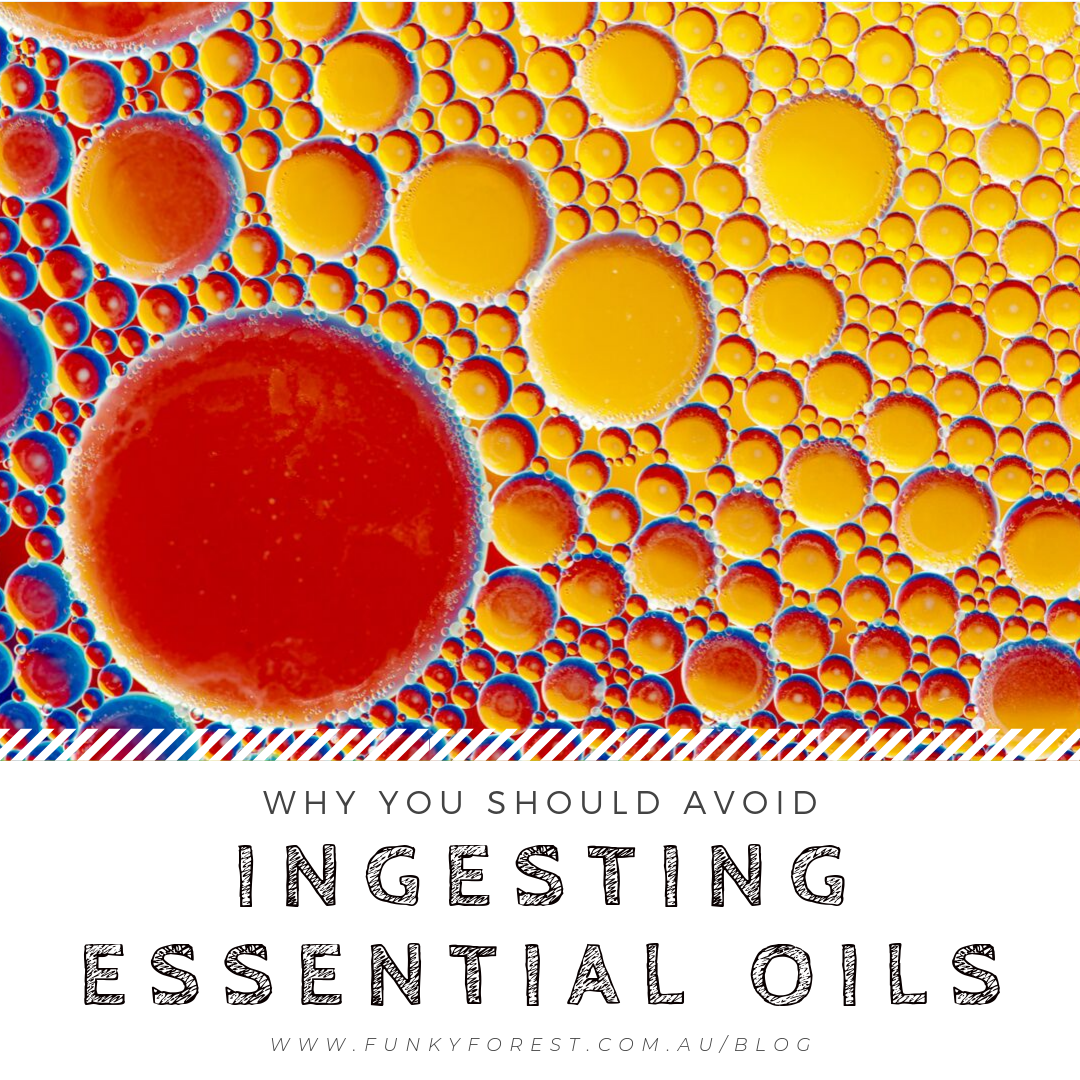
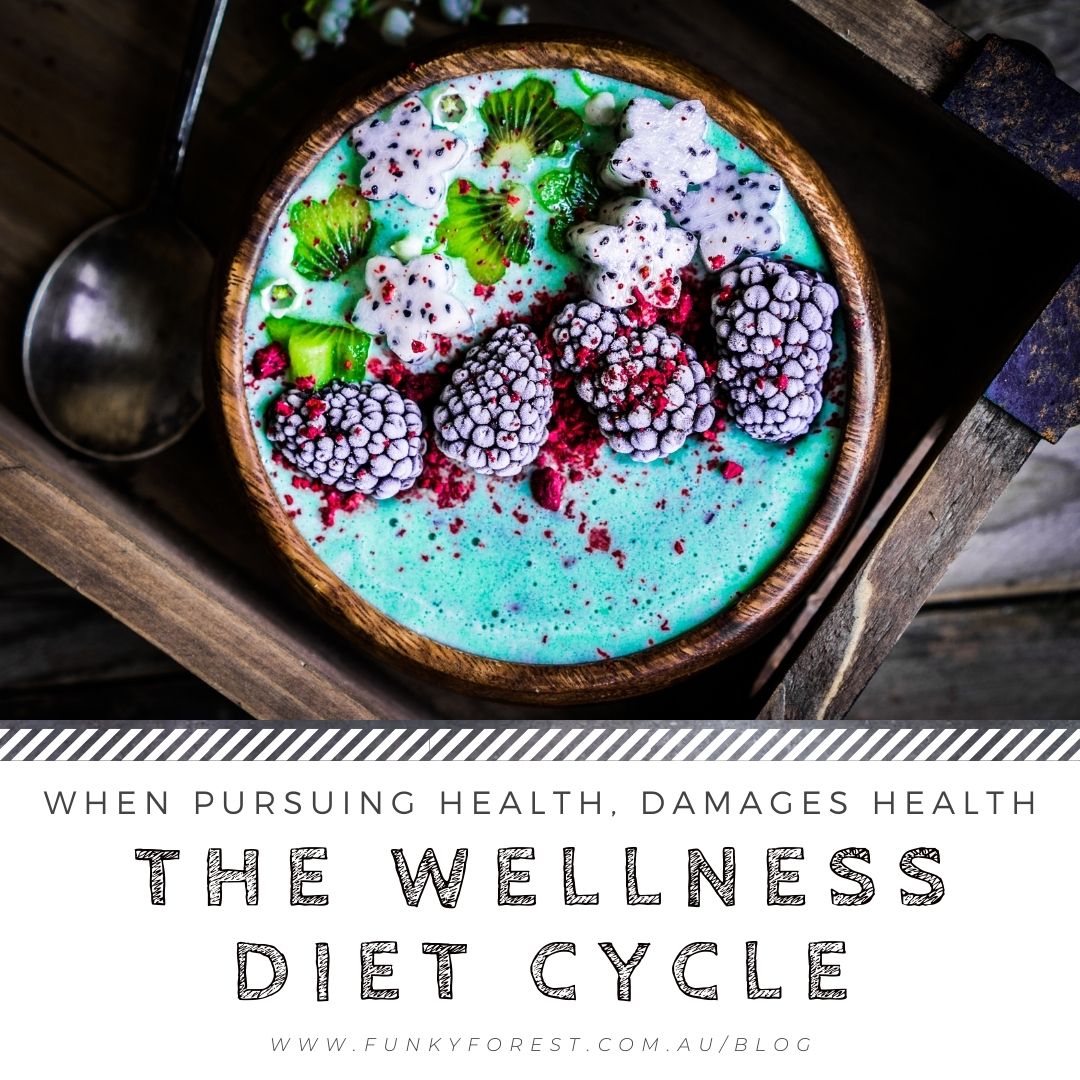
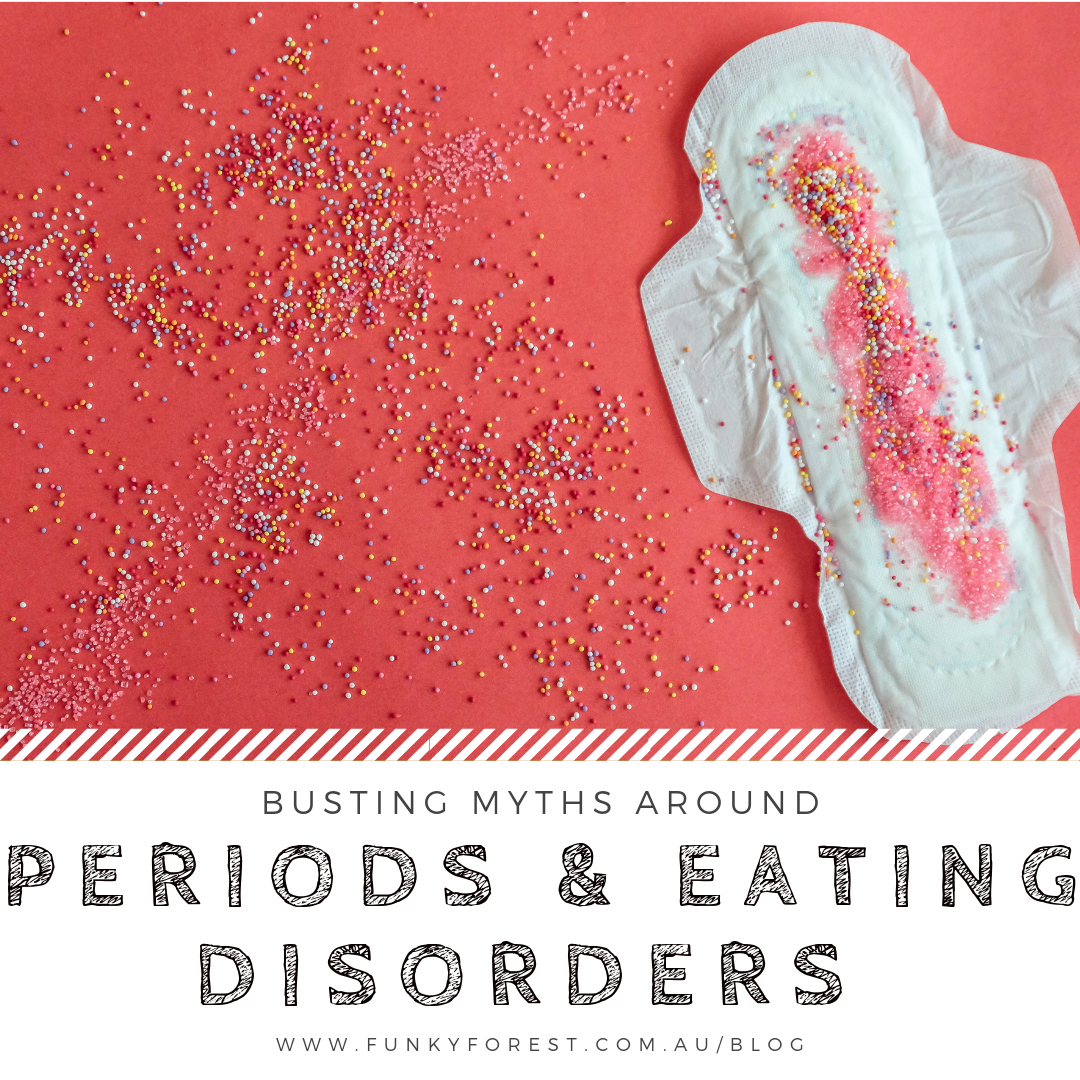
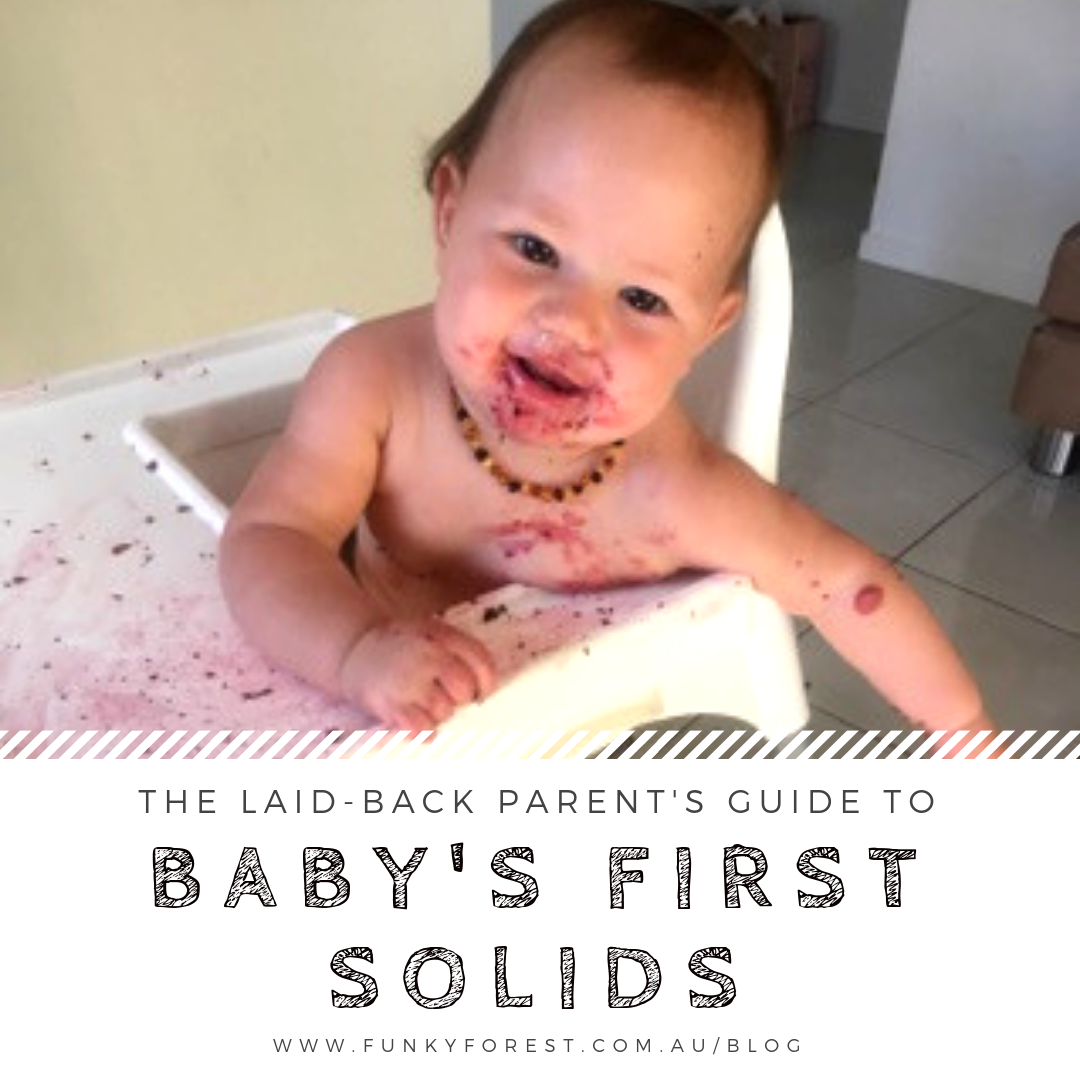

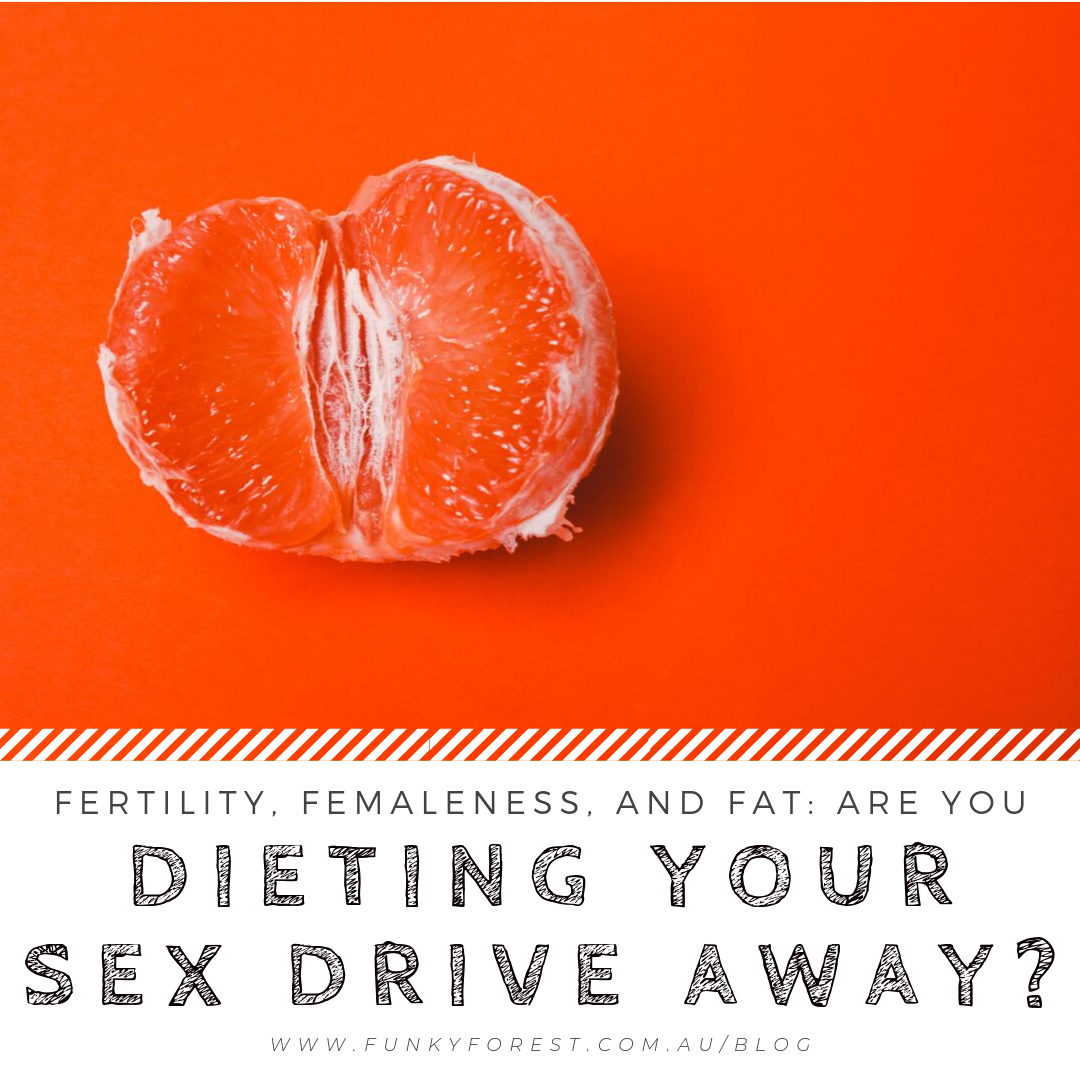

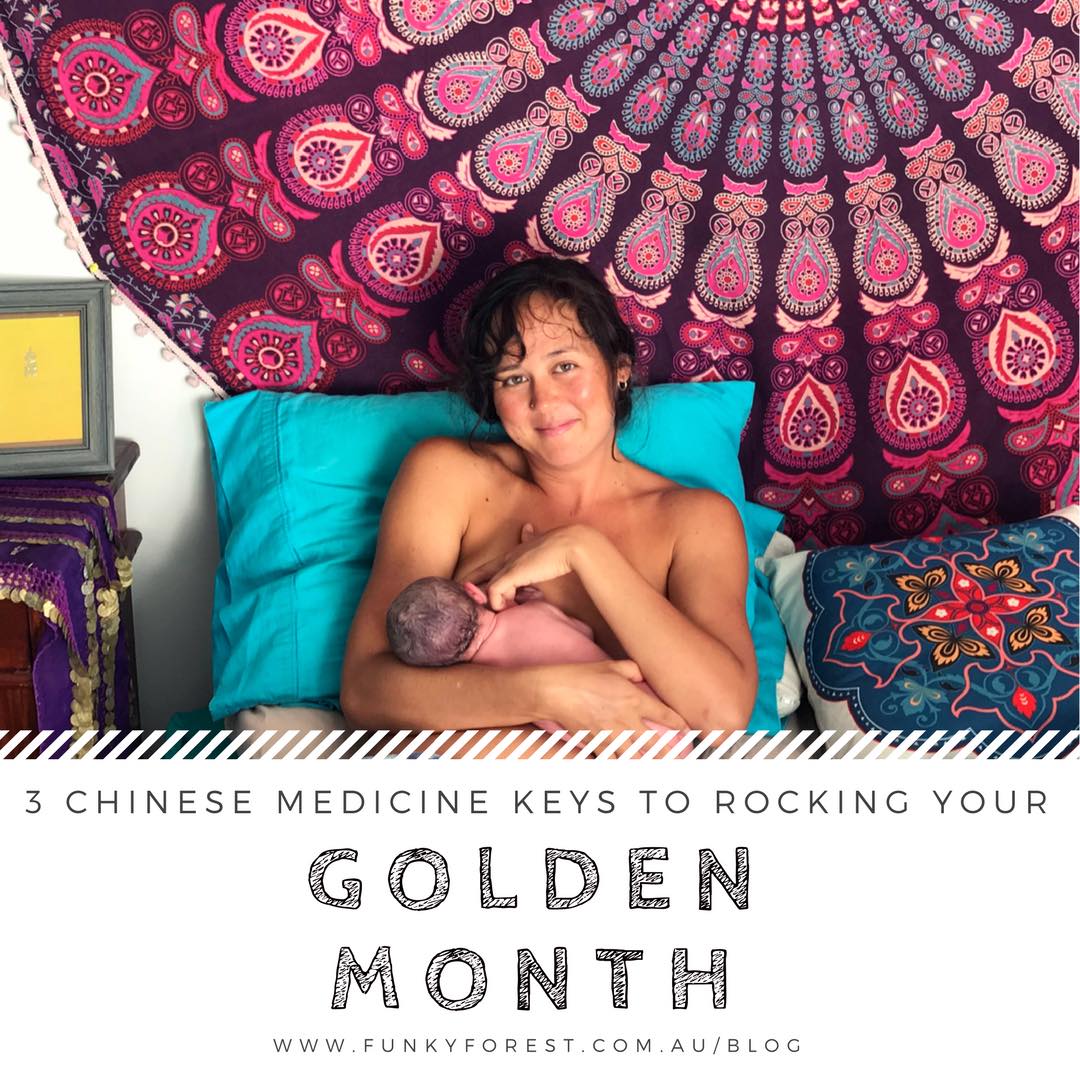
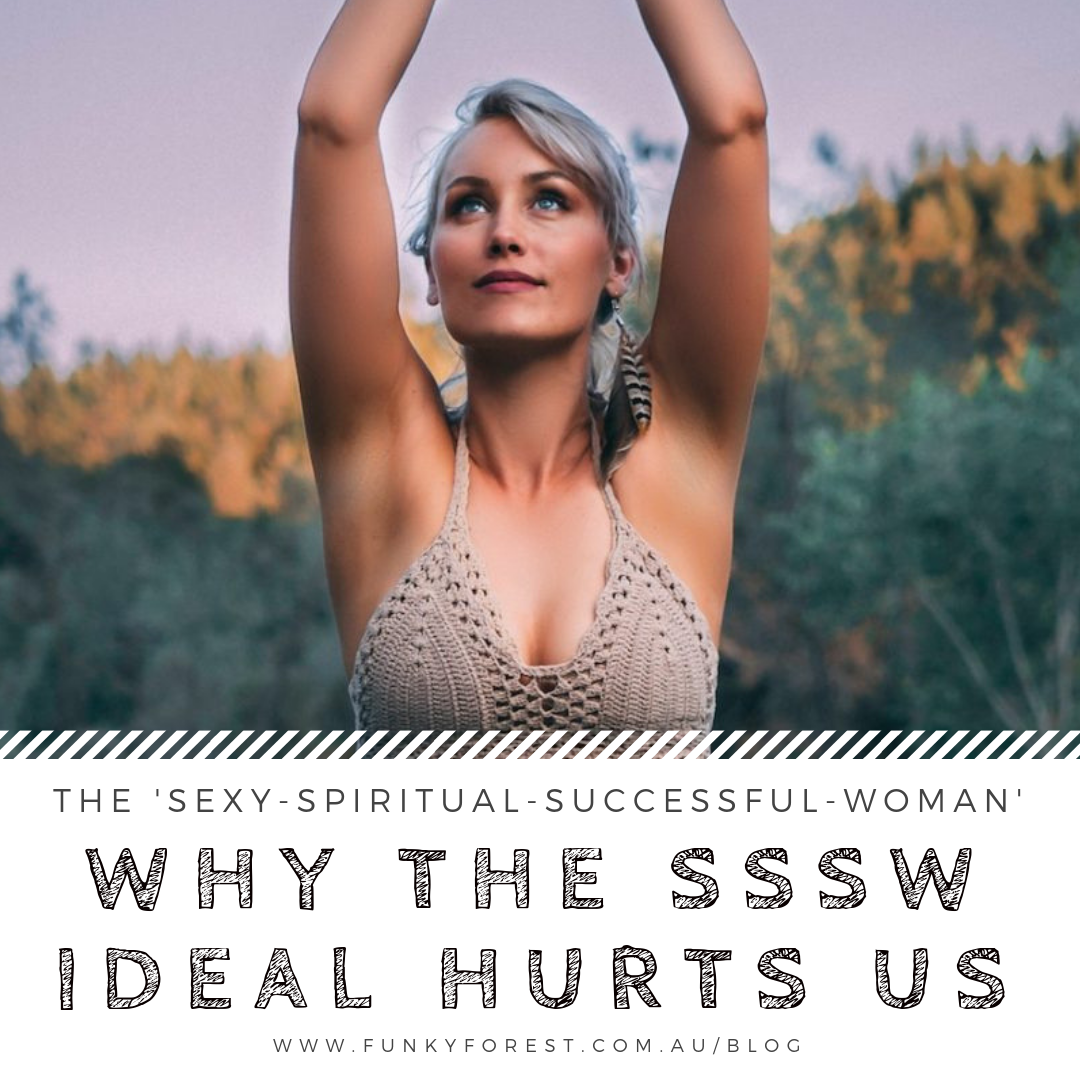
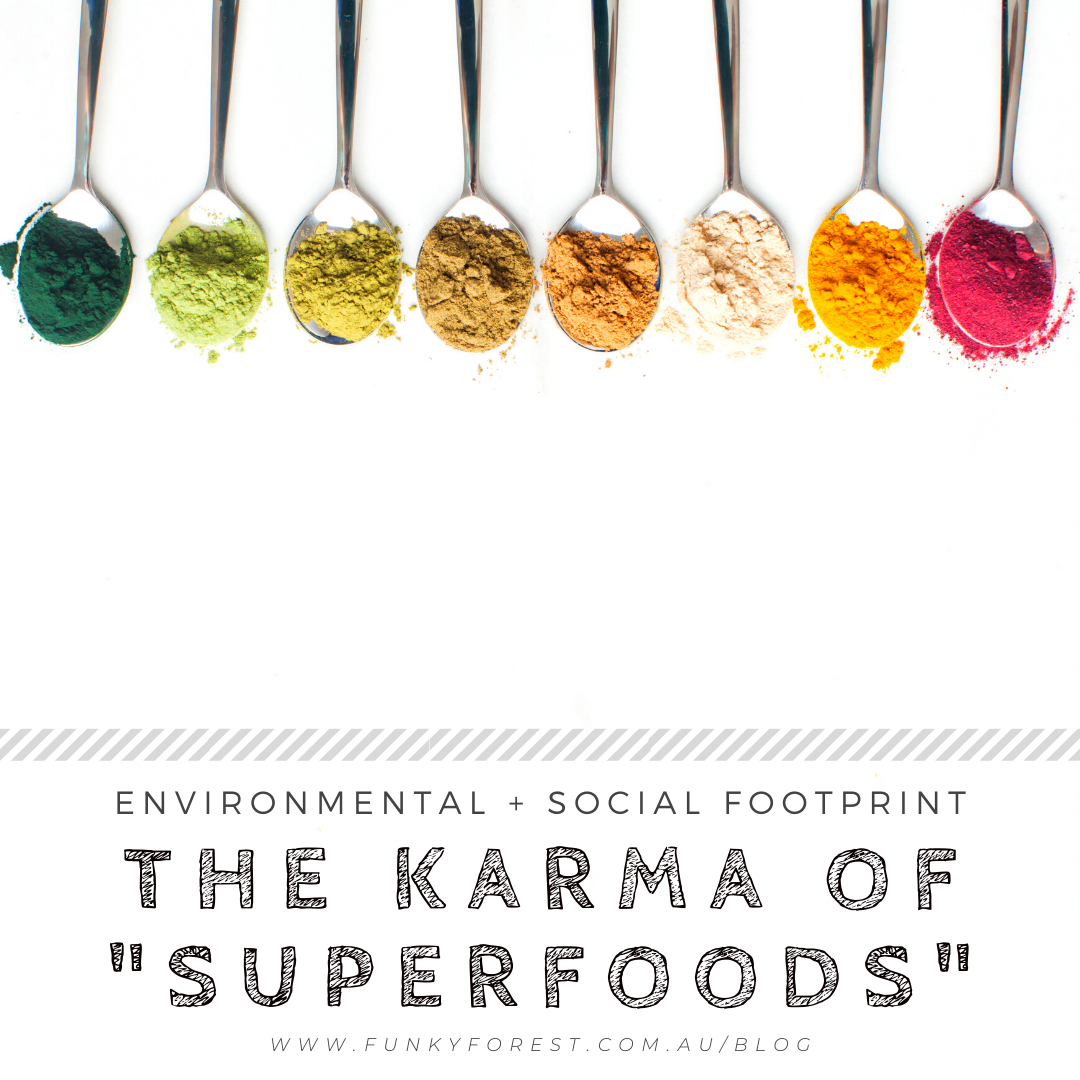
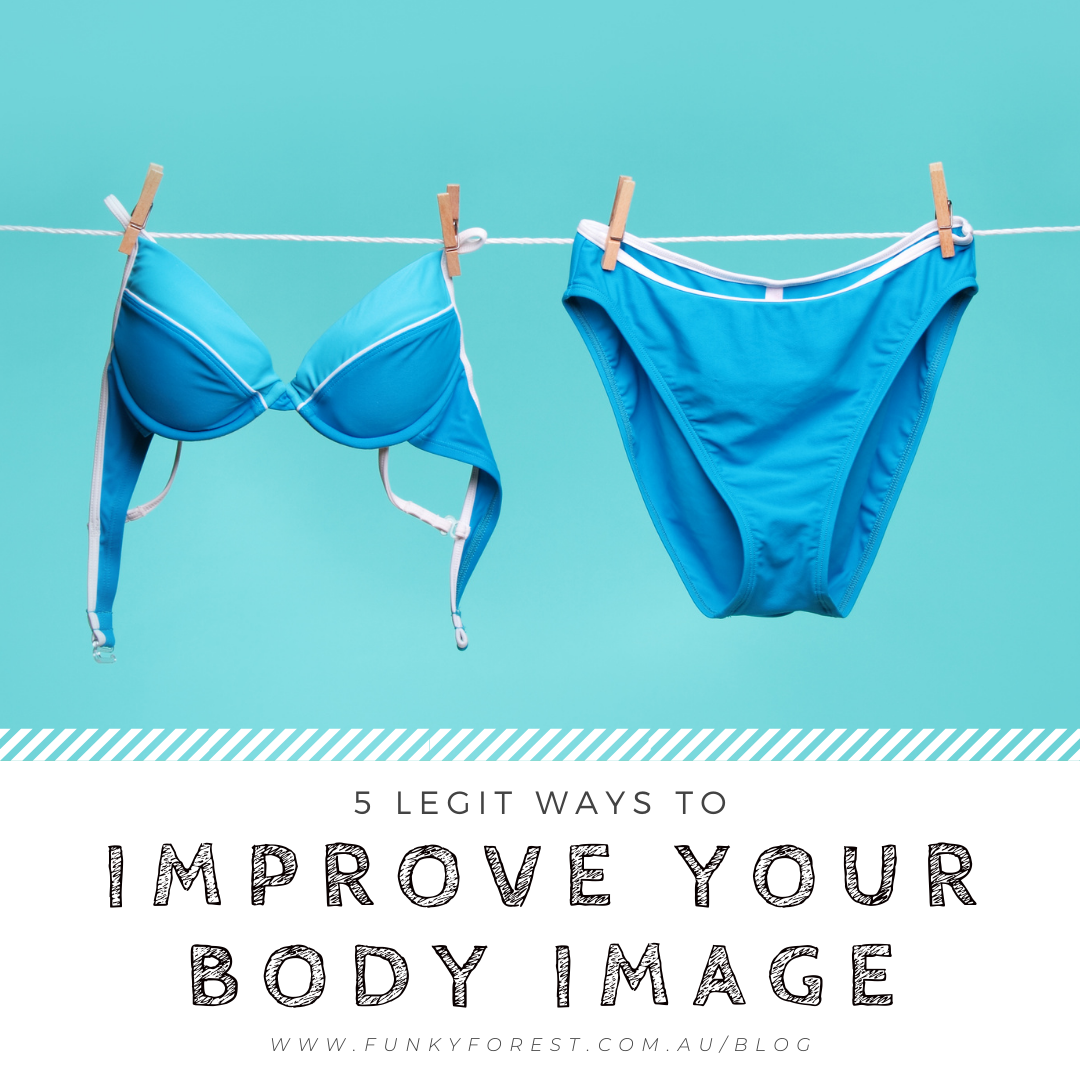
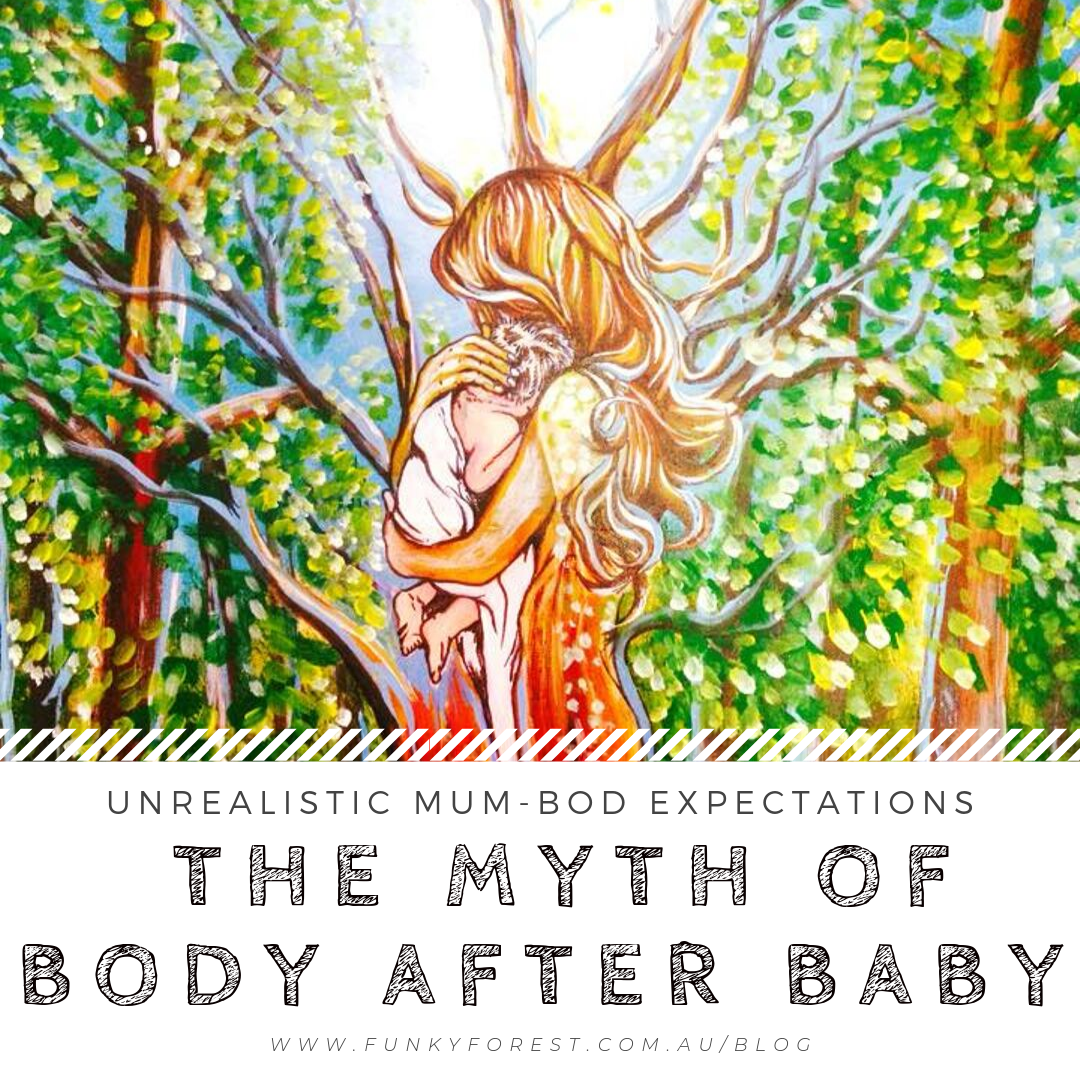
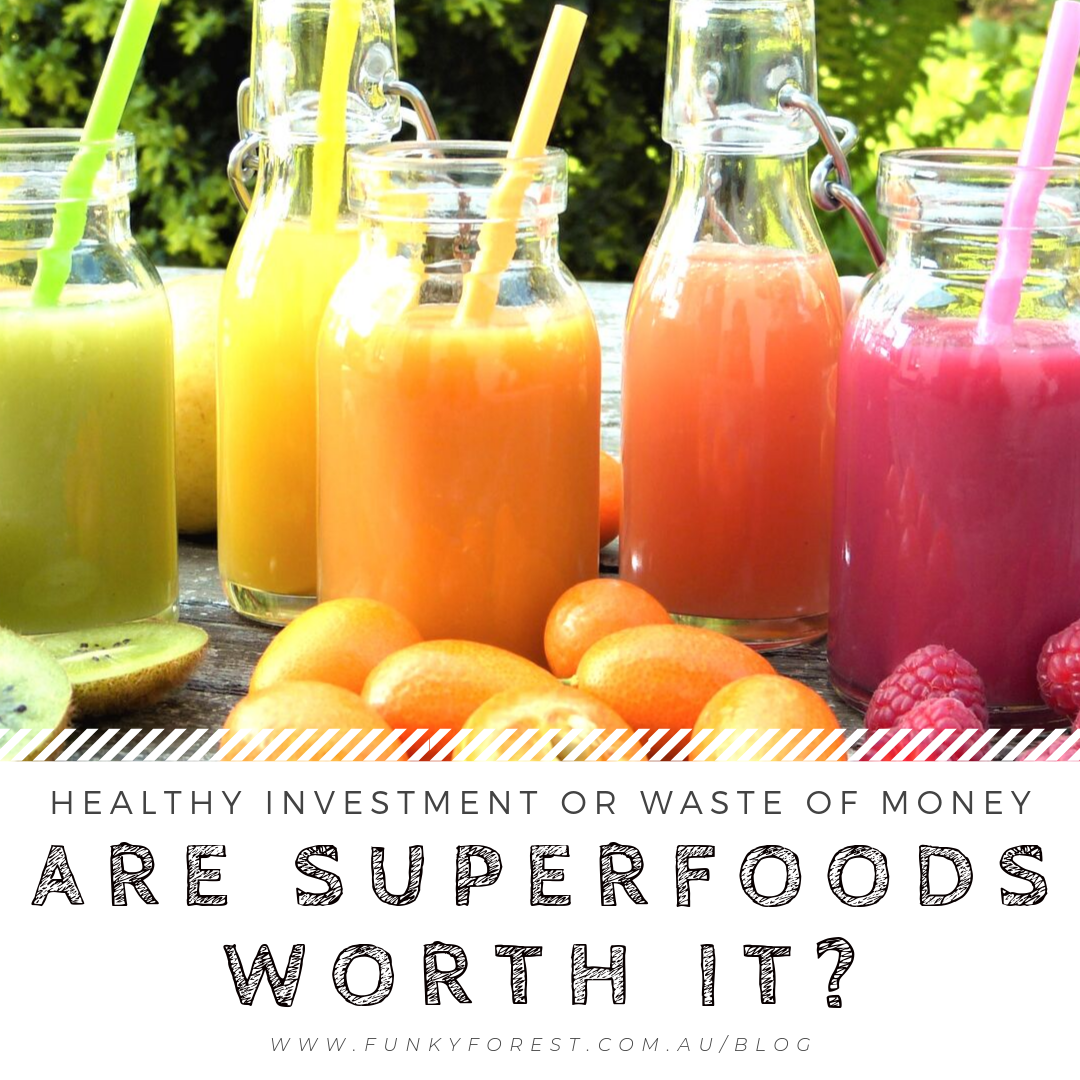
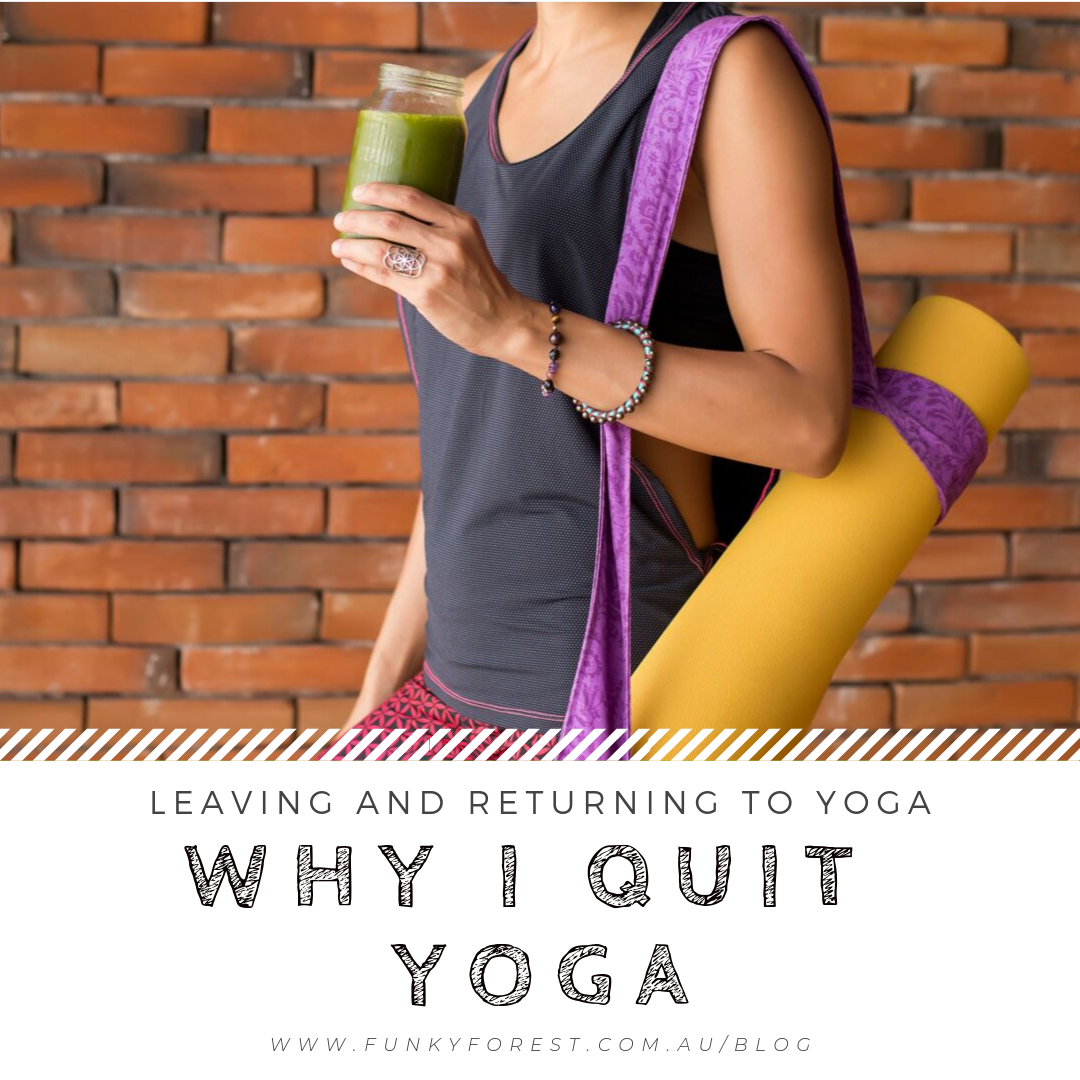
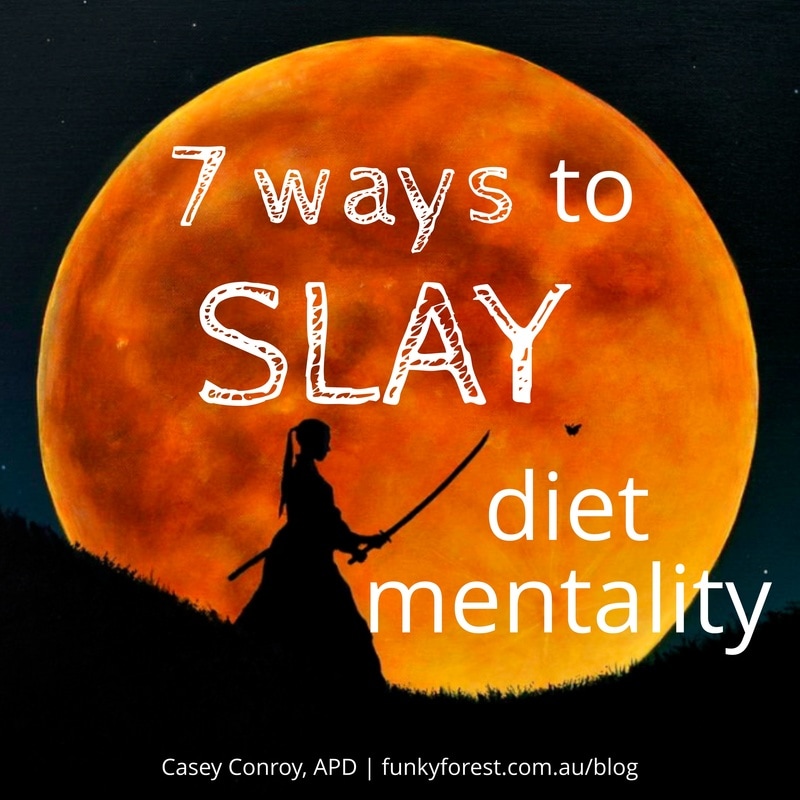
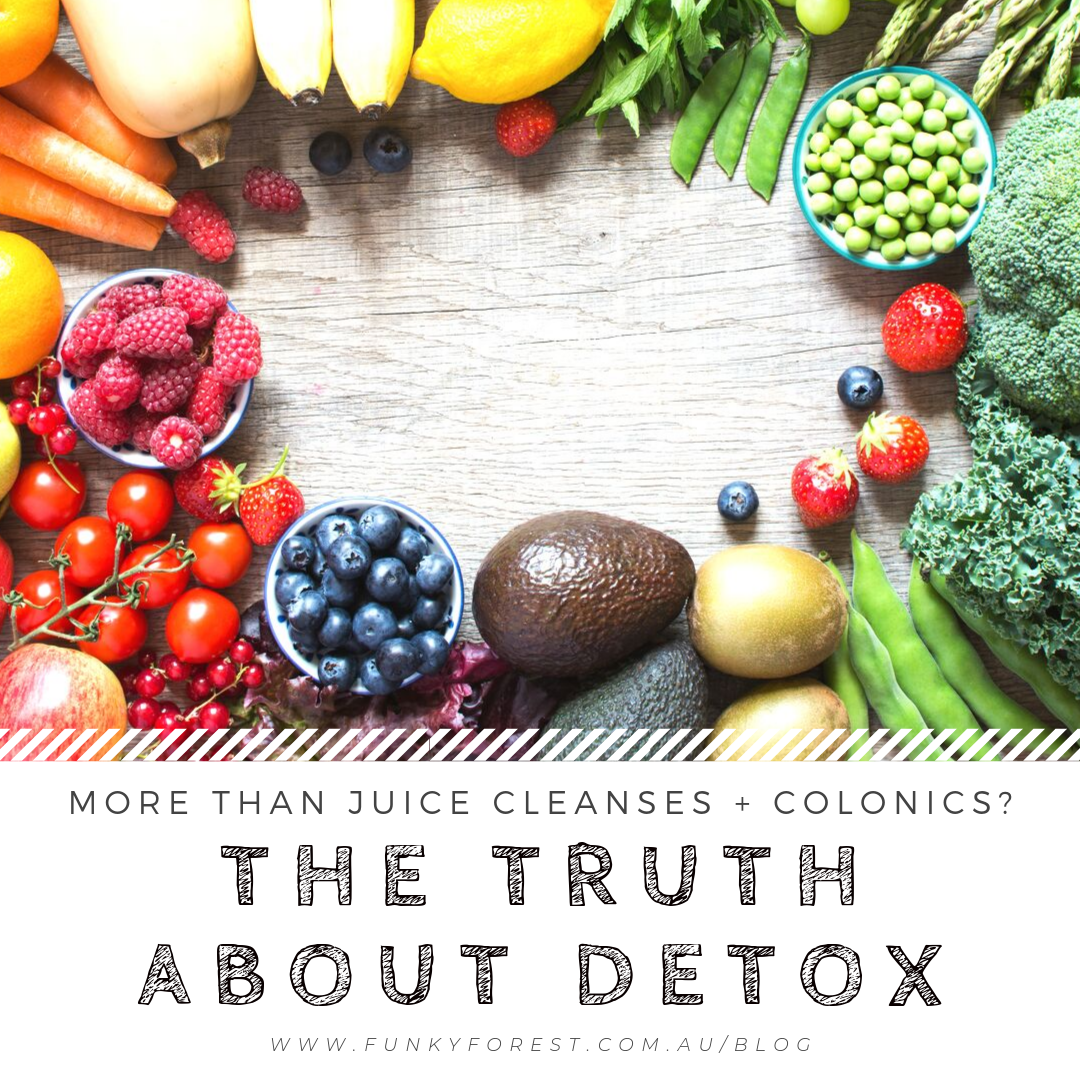
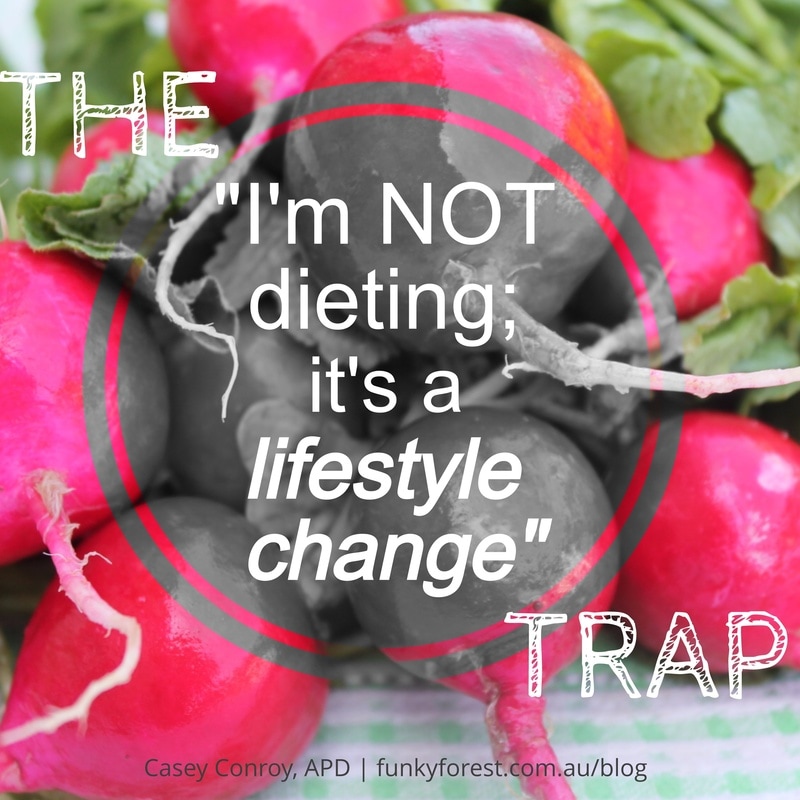
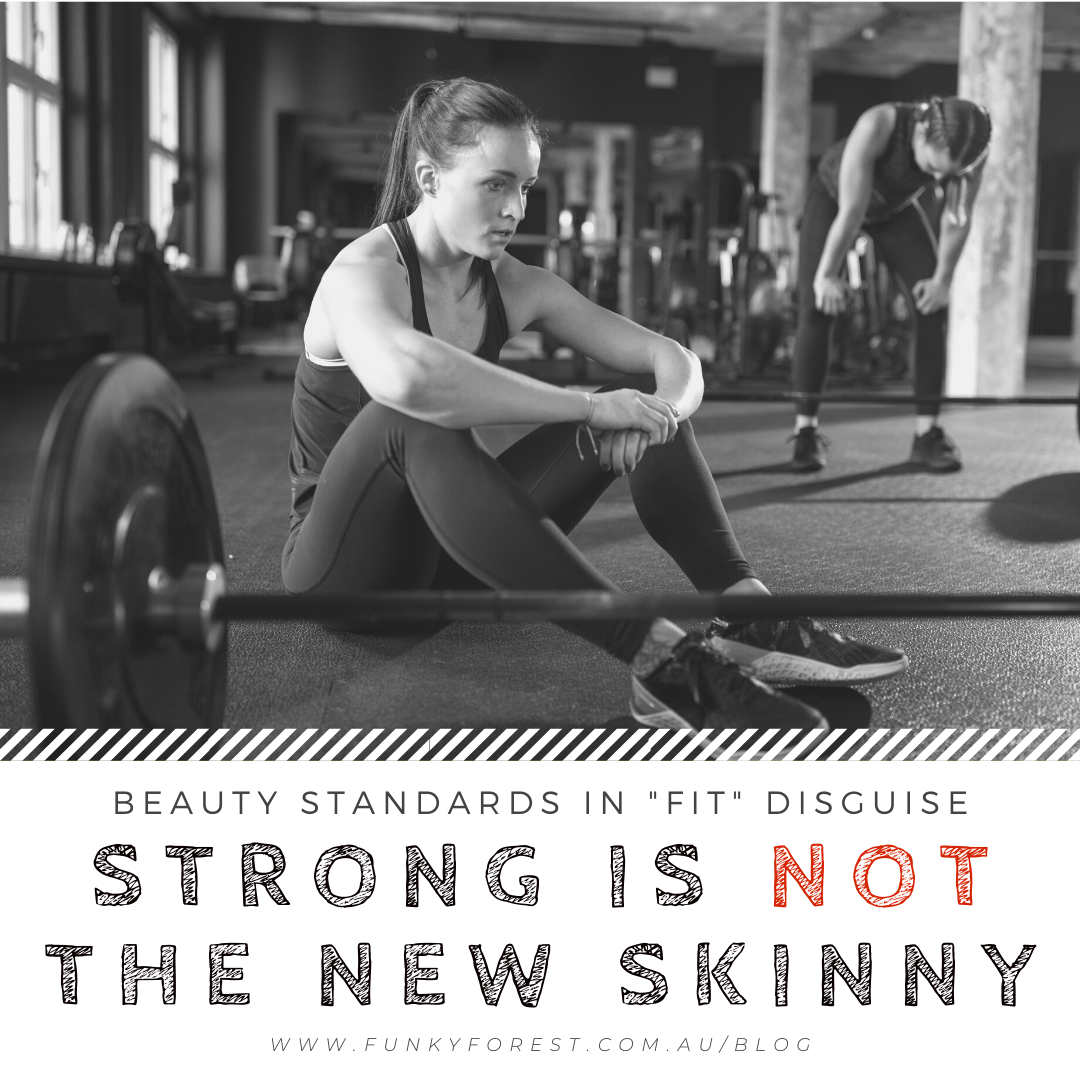
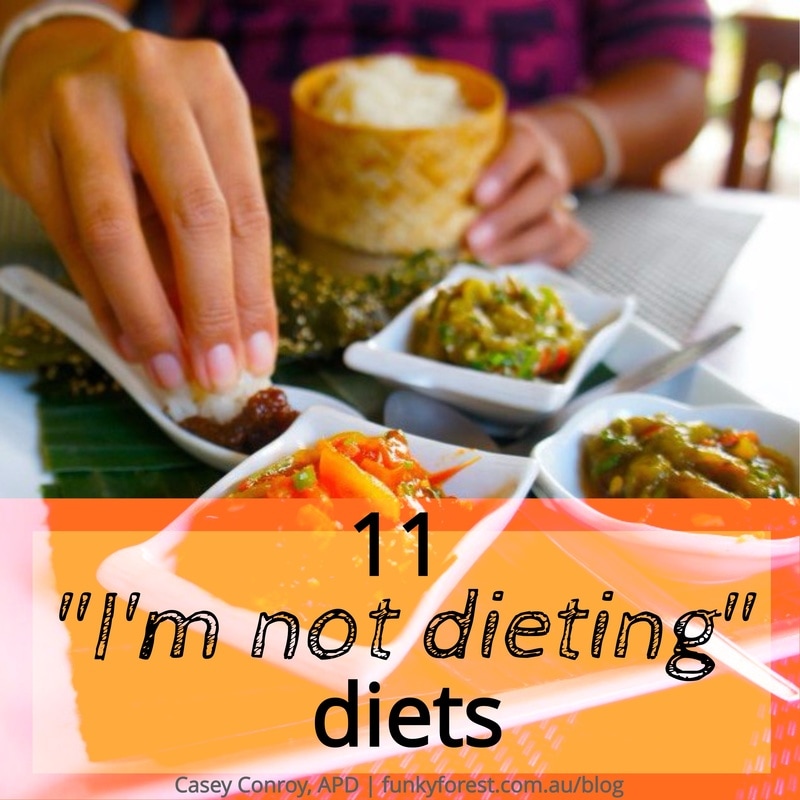
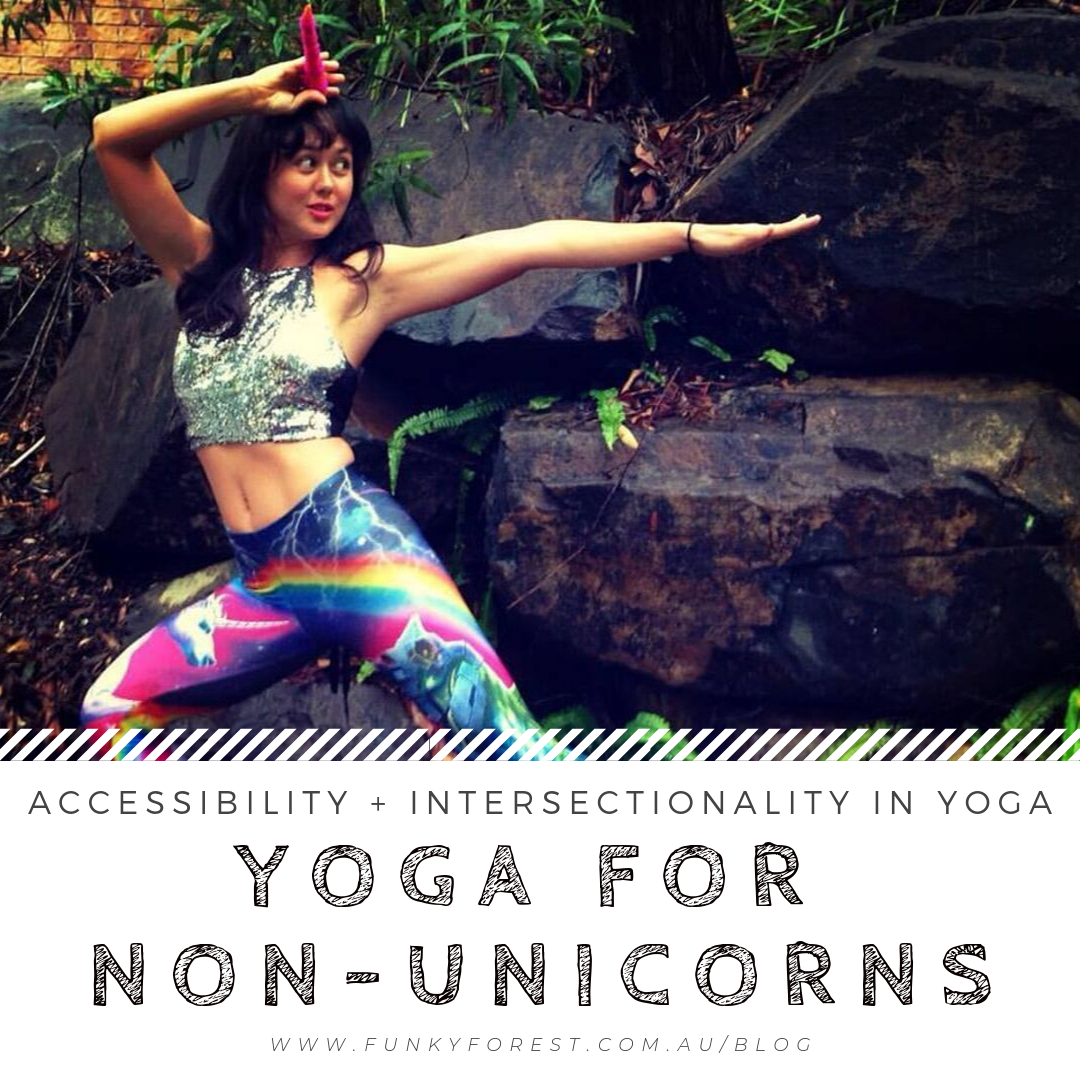
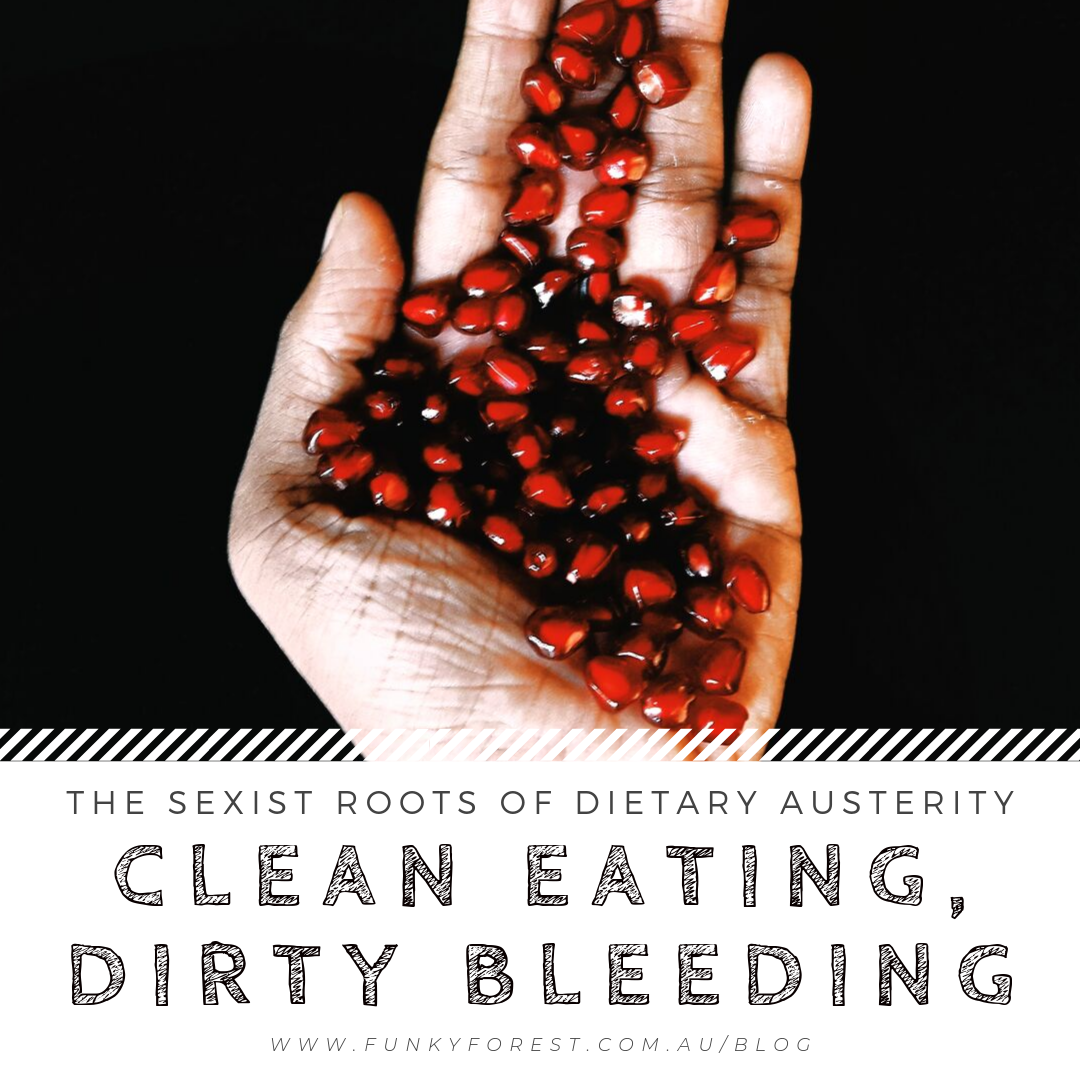
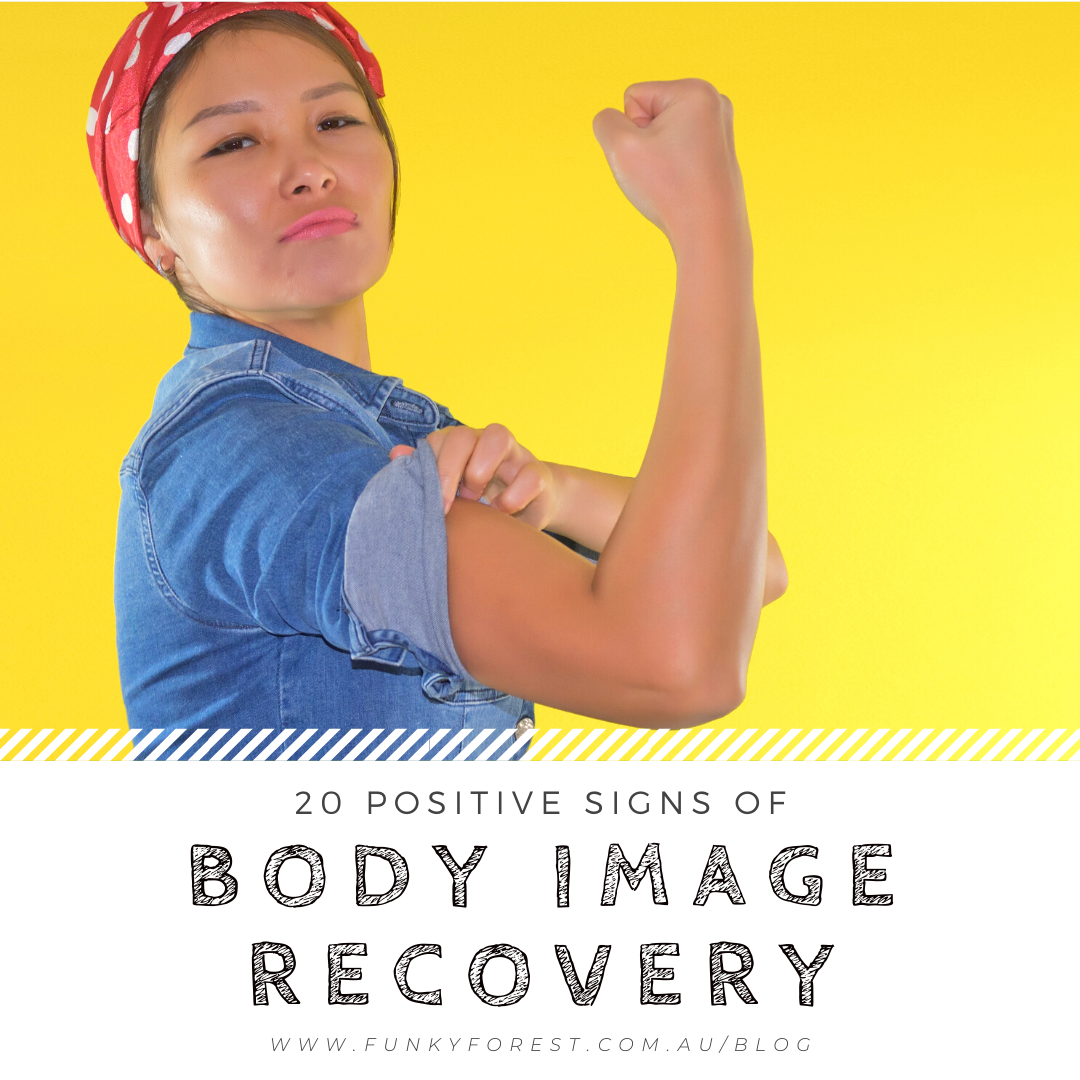
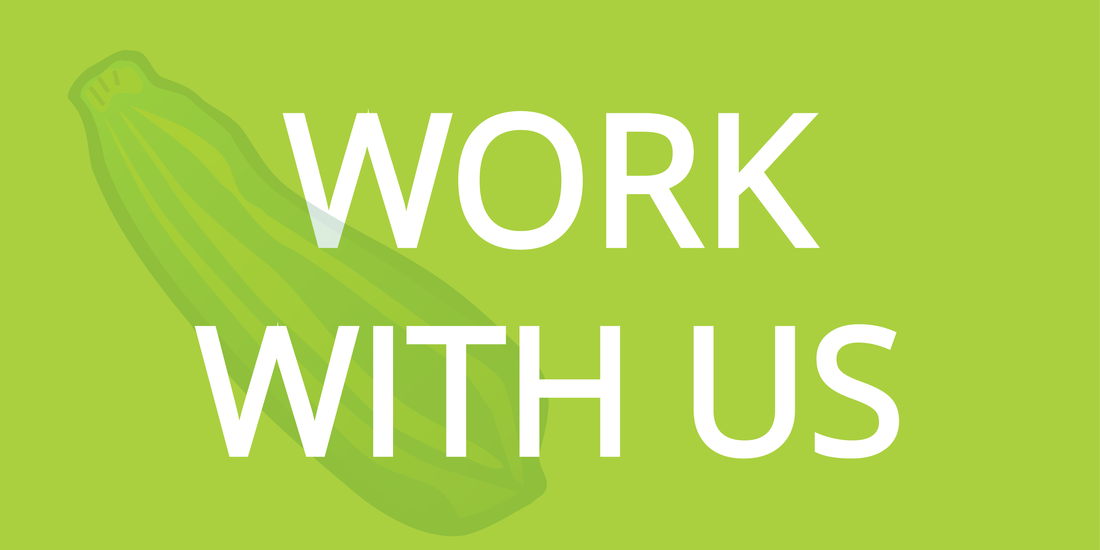
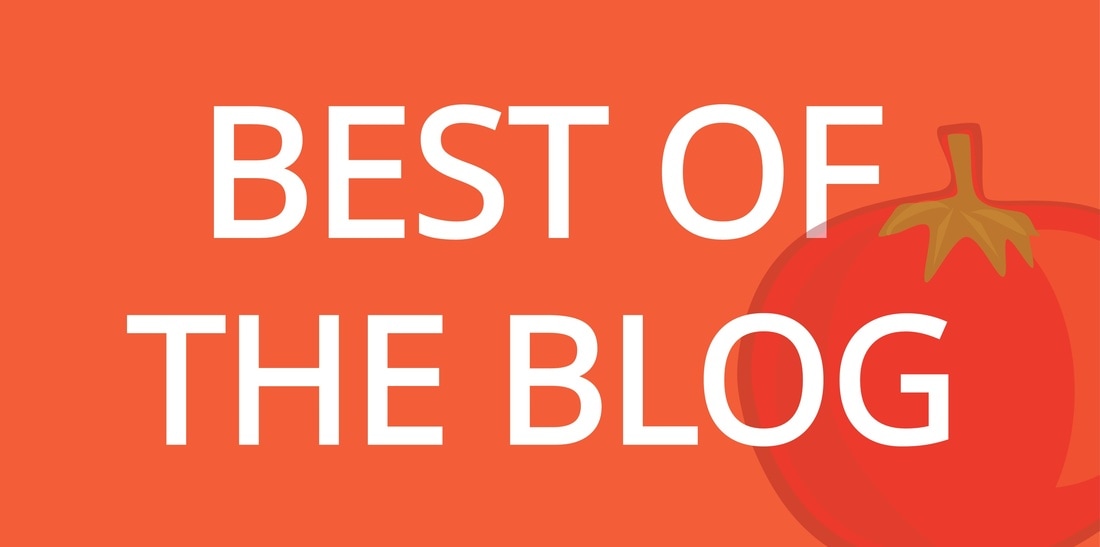
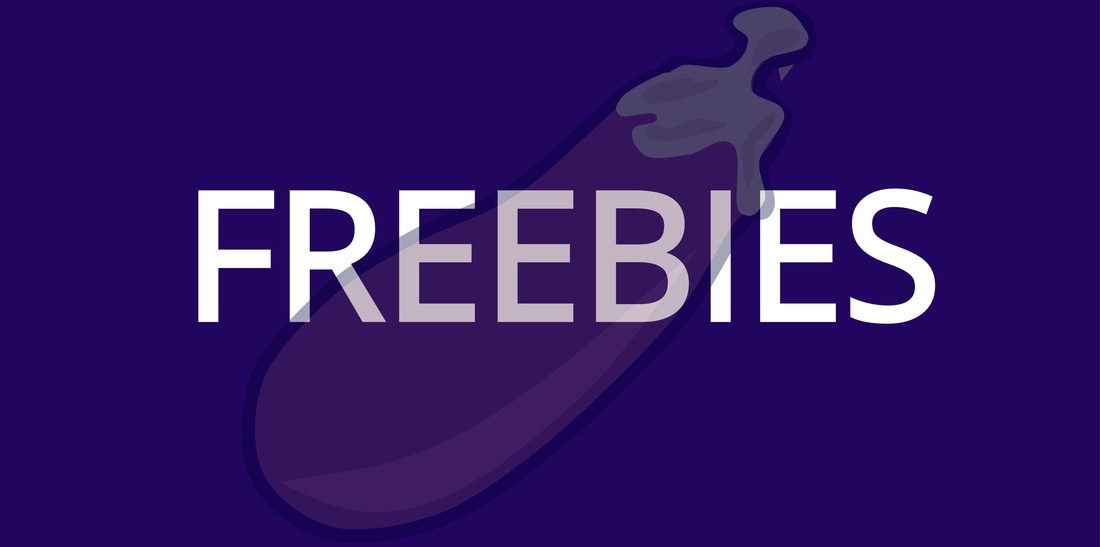
 RSS Feed
RSS Feed



